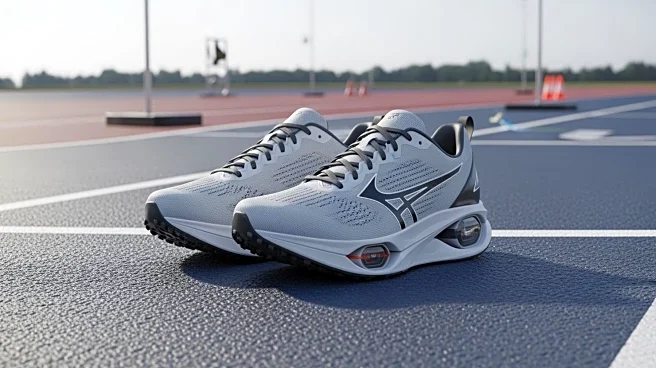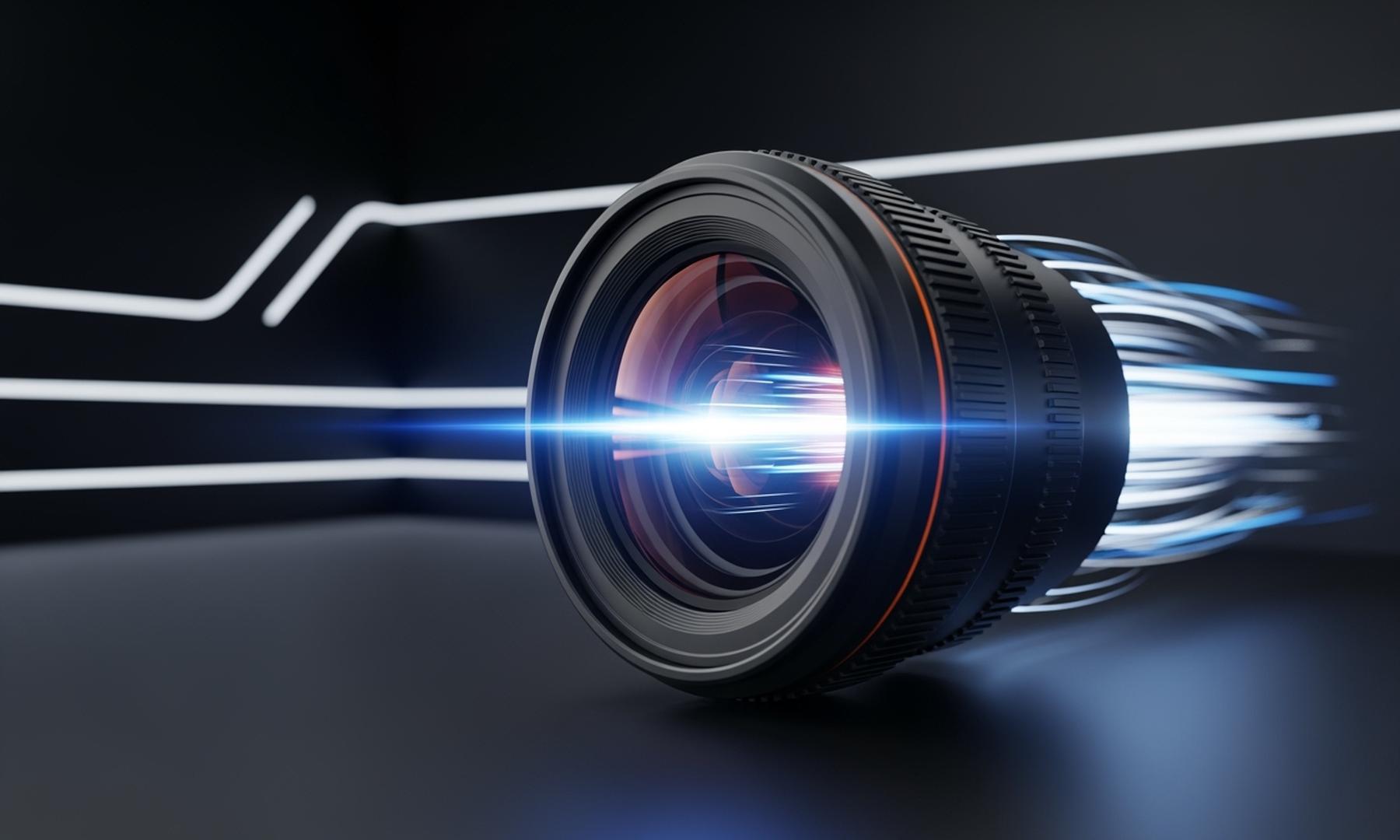What's Happening?
The introduction of super shoes, featuring carbon plates and high-rebound foam, has significantly impacted distance running, with elite athletes achieving faster times. These shoes are designed to improve running economy by providing a cantilever effect
that propels runners forward. While beneficial for elite runners, the advantages for recreational runners are less clear, with studies suggesting minimal performance improvement for those with slower paces. Experts advise considering individual needs and comfort when choosing footwear, as super shoes may not be suitable for all runners.
Why It's Important?
Super shoes have transformed competitive running, raising questions about accessibility and fairness in the sport. While they offer potential performance benefits, their high cost and specialized design may limit access for amateur runners. This development highlights the intersection of technology and sports, prompting discussions about the role of equipment in athletic performance and the implications for inclusivity in running.
What's Next?
As super shoes continue to evolve, manufacturers may focus on making them more accessible and adaptable for a wider range of runners. Further research could explore the long-term effects of these shoes on running mechanics and injury prevention. The running community may engage in ongoing debates about the ethical considerations of using advanced technology in sports.
Beyond the Headlines
The popularity of super shoes reflects broader trends in sports technology, where advancements can enhance performance but also raise questions about equity and the essence of competition. This may lead to increased scrutiny of technological innovations in other sports.















